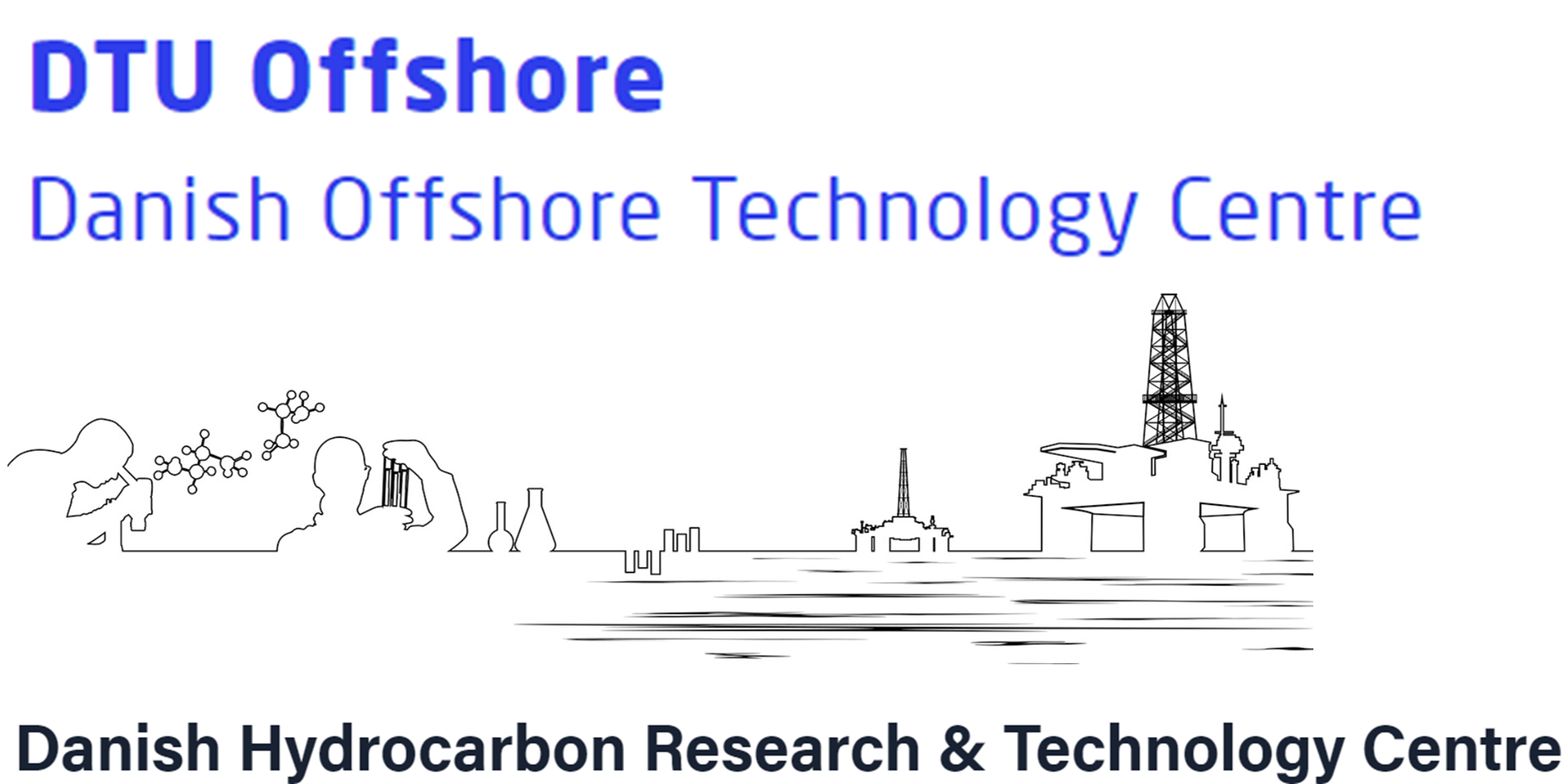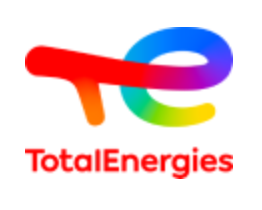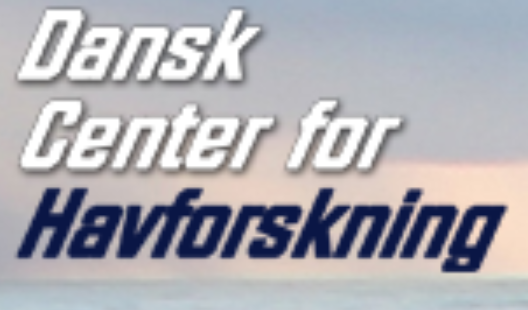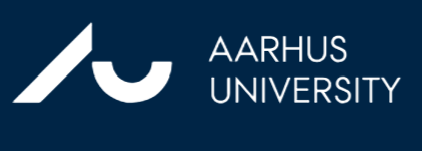Atlantic cod at offshore structures (DK)
Are Atlantic cod (Gadus morhua) using oil and gas platform foundations as valuable habitat? Tracking fish in 3D at an offshore platform in the North Sea
 Atlantic cod (Gadus morhua) individual caught during the fieldwork of the project. The Atlantic cod is a threatened and at the same time important commercial fish species whose populations have been declining for decades. Cod individuals have been observed near oil and gas platforms over the years.
Atlantic cod (Gadus morhua) individual caught during the fieldwork of the project. The Atlantic cod is a threatened and at the same time important commercial fish species whose populations have been declining for decades. Cod individuals have been observed near oil and gas platforms over the years.
Amid discussions on aging oil and gas platforms' decommissioning options for better ecological outcomes, our research explores the use of platform foundations by the Atlantic cod (Gadus morhua). We want to know if the fish are spawning near the platform. Twelve acoustic receivers deployed surrounding an oil platform in the North Sea will provide the positioning of 50 tagged Atlantic cod throughout one year (2023 - 2024), including the spawning season.
Background
Oil and gas platforms have been operating in the North Sea for decades. International research indicates that platform foundations may function as productive offshore reefs. The foundations may act as habitats providing increased complexity, food availability, settlement area, and refuge. Also, fish abundance and biodiversity may be elevated near platforms because the local areas are closed for fishing. For example, preliminary reports associate the threatened Atlantic cod (Gadus morhua), with platform foundations in the North Sea.

The Atlantic cod is a culturally and commercially important fish species whose populations have been declining over the past decades in many places. One of the main threats to this species comes from overfishing. Therefore, in areas where fishing is forbidden, such as at offshore oil and gas platforms and 500m around them, cod individuals may be protected from fishing. However, while platform foundations are abundant in the Danish North Sea, we know little about their effects on Atlantic cod behavior, performance and abundance.
This study will reveal if and how Atlantic cod uses the habitats at offshore platform foundations in the Danish North Sea. In addition, this research will investigate if Atlantic cod are spawning near offshore platform foundations in the Danish North Sea. If Atlantic cod individuals are spawning in the local areas, then the platform could function as a fish hub, distributing juvenile fish to the greater North Sea. Importantly, if spawning occurs near the platform, then future platform decommissioning, and removal, might affect cod abundance in the North Sea.
High-Resolution Fish Tracking
Telemetry fish tracking is used to map the positioning of Atlantic cod individuals in the area around an offshore oil and gas platform in the North Sea throughout one year. During the summer of 2023 at an offshore oil and gas platform in the Danish North Sea, 12 Thelma Biotel acoustic receivers were deployed forming two concentric circles (50m and 200m away) surrounding the platform.
Following, 50 Atlantic cod individuals (> 50cm fish size) were tagged with Thelma Biotel acoustic tags next to a platform foundation. The acoustic receivers will individually position in 3D each tagged cod near the platform, recording their activity through the year, including the cod spawning season.
The telemetry data will help us understand if the cod are using the platform foundations, if the cod have any depth preference, and if the observed patterns change through the year. We mostly targeted sexually mature individuals as their presence at the platform throughout the spawning season could reveal the role of this structure on cod reproduction.

Funding
Funding for this project is provided by



